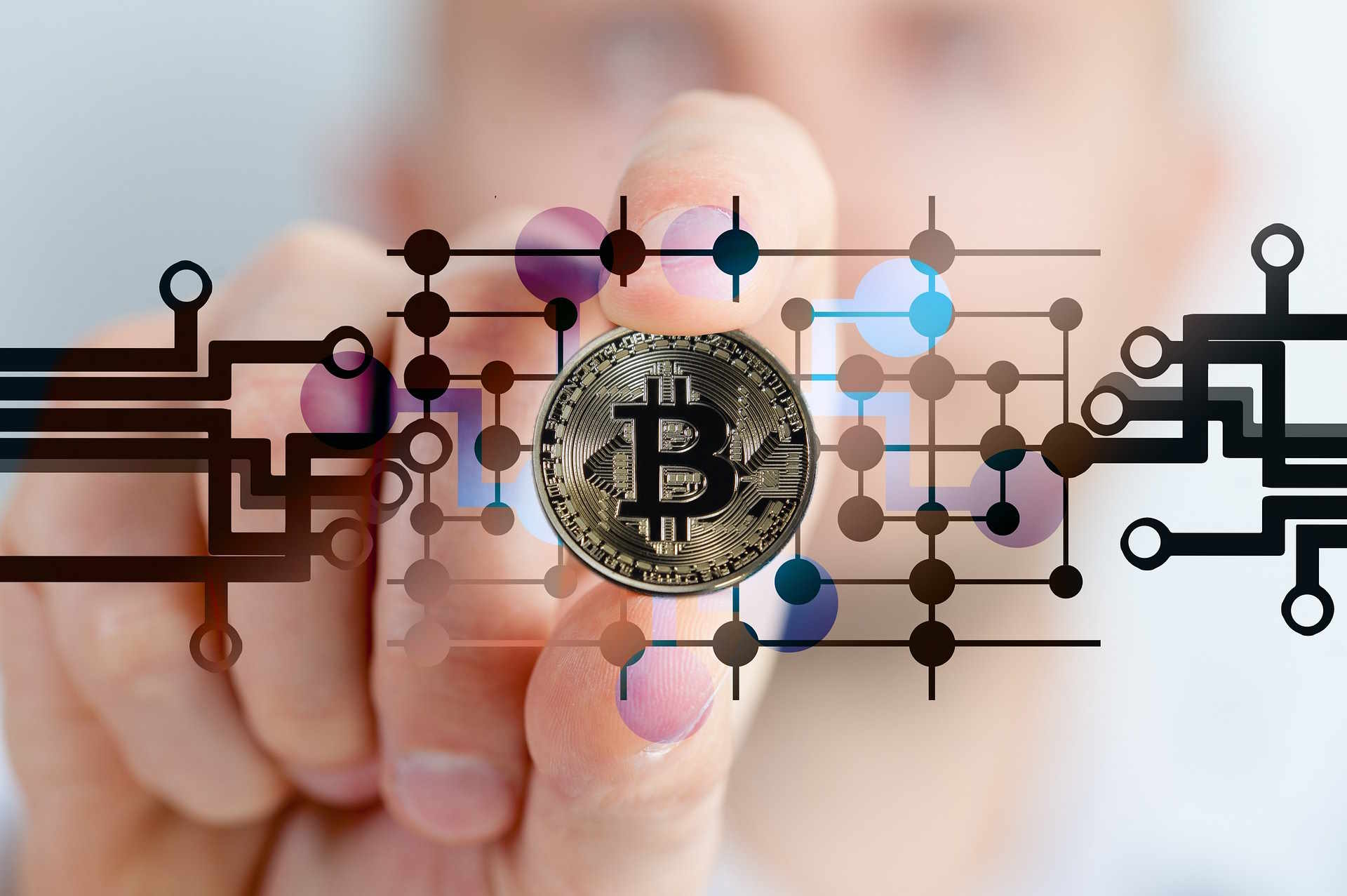The Rise of Decentralized Finance (DeFi) and Its Implications
Decentralized Finance (DeFi) has emerged as a disruptive force in the financial industry, offering decentralized alternatives to traditional financial services such as lending, borrowing, and trading. Built on blockchain technology, DeFi platforms aim to democratize access to financial services, eliminate intermediaries, and promote financial inclusion. Explore below the rise of DeFi and its implications for the future of finance, including opportunities, challenges, and regulatory considerations.

Understanding Decentralized Finance (DeFi)
DeFi refers to a set of decentralized applications (DApps) and protocols built on blockchain networks such as Ethereum. These platforms enable users to access financial services without relying on traditional intermediaries such as banks or brokerage firms. Common DeFi applications include decentralized exchanges (DEXs), lending and borrowing protocols, yield farming, liquidity provision, and synthetic asset issuance. Smart contracts, self-executing agreements coded on the blockchain, govern transactions and automate processes in DeFi.
Key Features and Benefits of DeFi
DeFi offers several key features and benefits, including transparency, accessibility, interoperability, and censorship resistance. Transactions on DeFi platforms are transparent and verifiable on the blockchain, enhancing trust and reducing counterparty risk. DeFi platforms are accessible to anyone with an internet connection and compatible digital wallet, enabling financial inclusion for underserved populations. Interoperability allows different DeFi protocols to interact seamlessly, enabling complex financial transactions and innovation. Censorship resistance ensures that users retain control over their funds and transactions, even in the face of regulatory scrutiny or external interference.
Opportunities in DeFi
DeFi presents numerous opportunities for innovation, disruption, and value creation in the financial industry. By eliminating intermediaries and reducing costs, DeFi platforms can offer more competitive interest rates on loans and higher yields on investments compared to traditional financial services. DeFi also enables programmable money through smart contracts, allowing for automated and customizable financial products and services. Additionally, DeFi opens up new avenues for asset tokenization, fractional ownership, and peer-to-peer trading, unlocking liquidity and expanding access to investment opportunities.
Challenges and Risks in DeFi
Despite its potential benefits, DeFi also poses challenges and risks that investors and users should be aware of. These may include smart contract vulnerabilities, protocol exploits, liquidity risks, regulatory uncertainty, and user error. DeFi protocols are still in the early stages of development, and vulnerabilities or bugs in smart contracts can lead to substantial financial losses. Regulatory scrutiny of DeFi platforms is also increasing as policymakers grapple with how to regulate this emerging sector while balancing innovation and investor protection.
Regulatory Considerations and Compliance
Regulatory considerations and compliance are crucial aspects of the DeFi landscape, as policymakers seek to ensure consumer protection, financial stability, and adherence to anti-money laundering (AML) and know-your-customer (KYC) regulations. DeFi platforms may need to implement compliance measures such as identity verification, transaction monitoring, and reporting to regulatory authorities. However, balancing regulatory compliance with the ethos of decentralization and privacy presents challenges for DeFi projects, highlighting the need for collaboration between industry stakeholders and policymakers.
Conclusion
Decentralized Finance (DeFi) represents a paradigm shift in the financial industry, offering decentralized alternatives to traditional financial services and democratizing access to financial products and opportunities. While DeFi presents numerous opportunities for innovation, disruption, and value creation, it also poses challenges and risks that investors, users, and policymakers must navigate. By understanding the rise of DeFi and its implications for the future of finance, stakeholders can harness its potential to drive financial inclusion, innovation, and economic empowerment. Read below for more insights on navigating the dynamic world of finance and investing.




